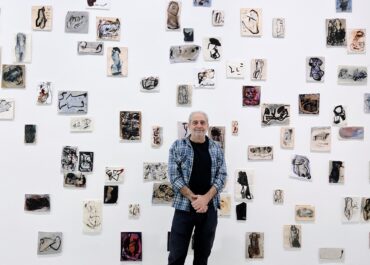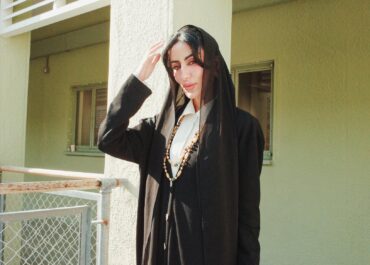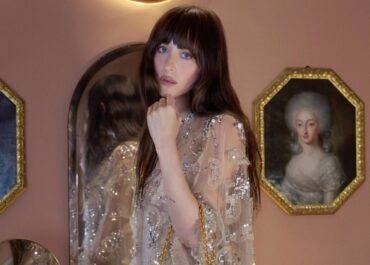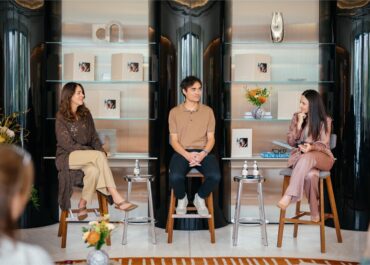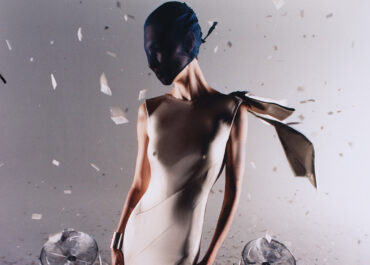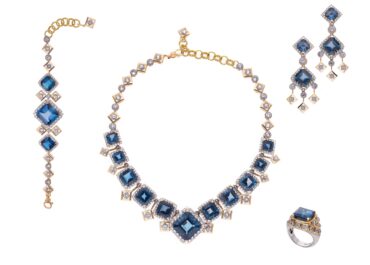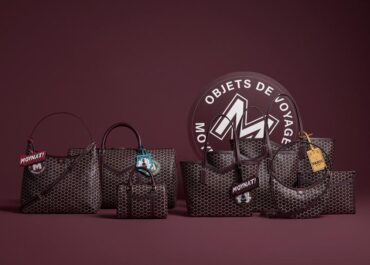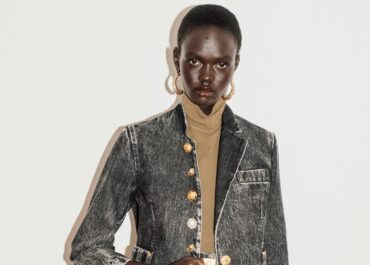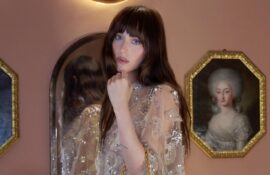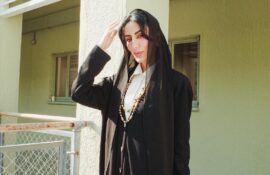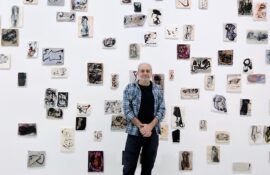As Dubai continues to evolve as one of the world’s most dynamic creative capitals, Shaima Rashed Al Suwaidi, Chief Executive Officer of the Arts, Design & Literature Sector at Dubai Culture & Arts Authority, stands at the forefront of this transformation.
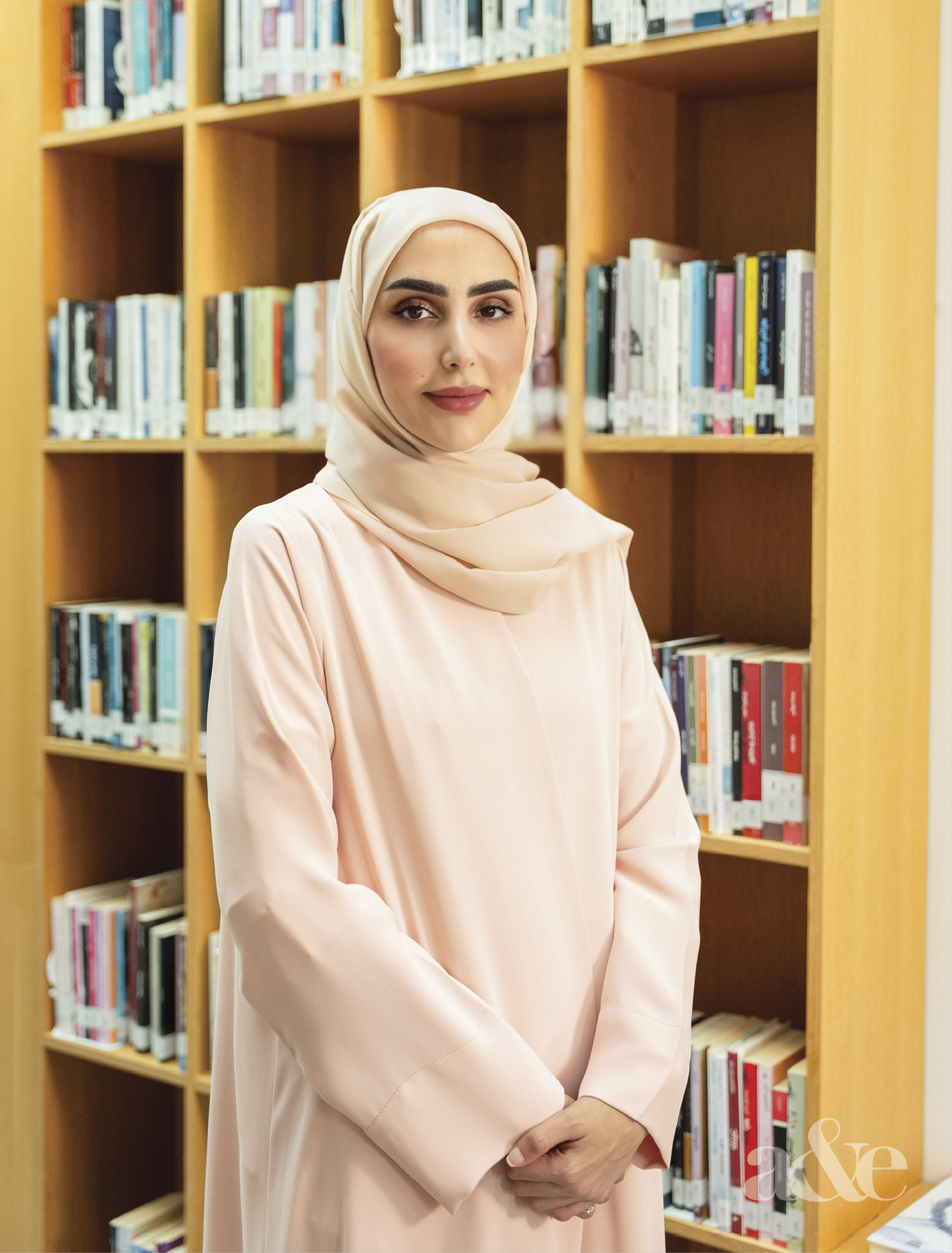
With a clear vision rooted in innovation, inclusivity, and heritage, she is helping define how creativity shapes the city’s identity and economy.
Under the guidance of Her Highness Sheikha Latifa bint Mohammed bin Rashid Al Maktoum, Shaima leads initiatives that connect artists, entrepreneurs, and communities, from large-scale festivals such as Sikka Art & Design Festival to policy frameworks like the Dubai Public Art Strategy and Al Quoz Creative Zone. Her work reflects a deep belief in the power of culture to unite people, foster opportunity, and ensure that art becomes an everyday part of life in Dubai.
In this exclusive interview, she shares insights into Dubai’s growing cultural ecosystem, the evolution of its arts and design scene, and the initiatives shaping its next creative chapter, from empowering women and emerging artists to positioning the emirate as a global hub for innovation, collaboration, and storytelling.
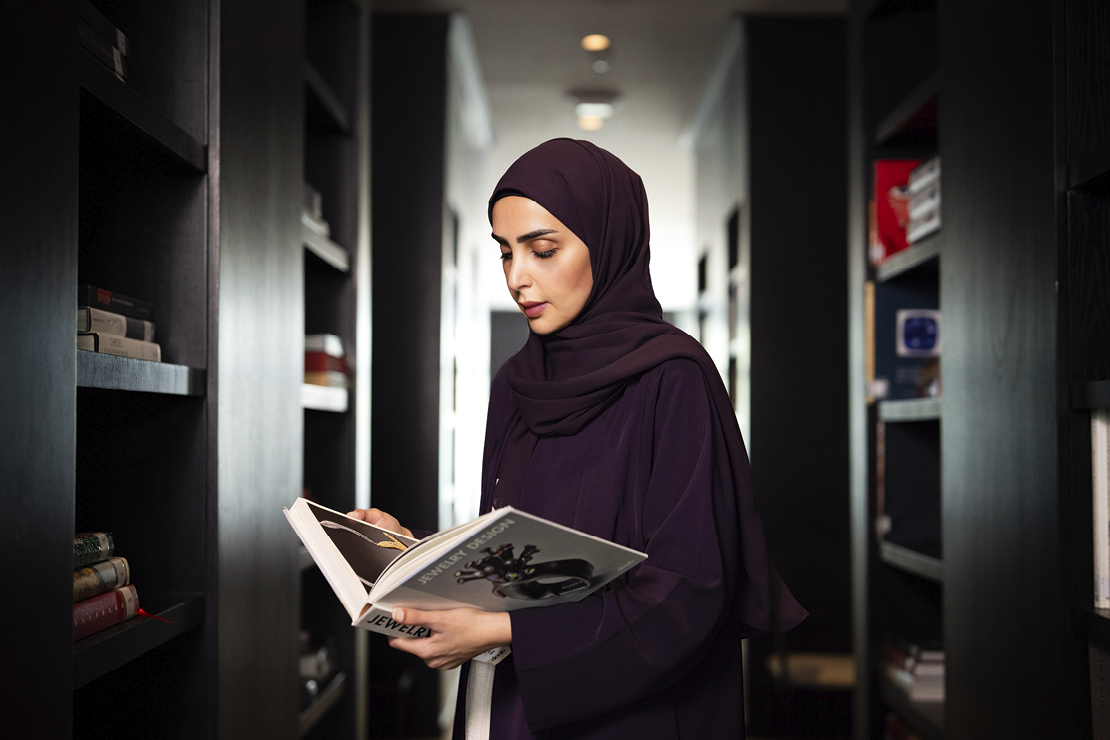
As CEO of the Arts, Design & Literature Sector, how do you see your role in shaping Dubai’s cultural identity and supporting its creative economy?
My role is, above all, about connecting people to creativity, ideas to opportunity, and the past to the future. At Dubai Culture, we see culture as a living force that shapes how we experience the city and how the world sees us. Every initiative, from large-scale festivals to mentorship programs, is part of a bigger effort to ensure that creativity becomes an everyday part of life in Dubai.
Under the guidance of Her Highness Sheikha Latifa bint Mohammed bin Rashid Al Maktoum, Chairperson of Dubai Culture, our mandate is to transform the emirate into a global centre for culture, an incubator for creativity, and a thriving hub for talent. This vision guides all our work, from developing infrastructure that supports artists and entrepreneurs and advancing public engagement to ensuring that the creative economy remains sustainable and inclusive.
What drives me personally is seeing the impact on people, be it an artist receiving their first grant, a student discovering their passion at a workshop, or a neighbourhood coming alive with public art. As CEO, I focus on fostering an environment where creative voices can be heard and supported. The more we empower people to tell their stories, the richer Dubai’s cultural identity becomes.
How would you describe the evolution of Dubai’s arts and design scene in recent years, and what makes it unique compared to other global creative hubs?
Dubai’s creative landscape has transformed profoundly over the past decade. What once began as small, independent initiatives has evolved into a vibrant ecosystem that spans design, fashion, visual arts, literature, and more. The difference today is that creativity is recognised as an integral part of Dubai’s economy and social fabric.
But what makes the emirate unique is the diversity of voices shaping its story. This city brings together over 195 nationalities, and each person contributes a layer to its creative identity. Emirati artists draw from heritage and oral traditions, while international creatives bring fresh perspectives, leading to a kind of cultural cross-pollination that you rarely see elsewhere.
Dubai also benefits from strong collaboration between the public and private sectors. From initiatives like Dubai Design Week, Art Dubai, and Emirates Airlines Festival of Literature to home-grown projects in Al Serkal Avenue and Al Quoz Creative Zone, there’s a shared commitment to making creativity accessible and economically viable. That synergy between government, industry, and community is what truly defines Dubai’s creative evolution.
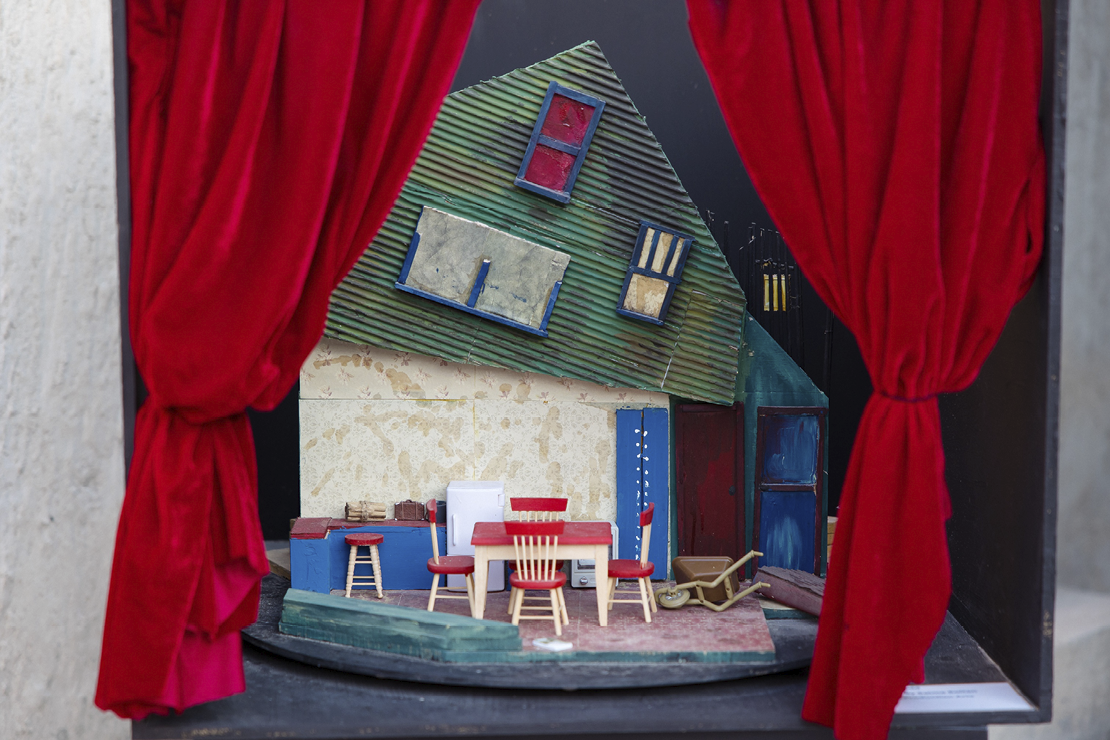
Sikka Art & Design Festival has become a cornerstone of Dubai’s creative calendar. How has the festival evolved and what role does it play in nurturing emerging Emirati and UAE-based talent?
Sikka holds a special place in our cultural calendar because it represents the heart of Dubai’s creative journey. It began as an intimate community initiative and has grown into a platform that showcases hundreds of artists, designers, filmmakers, and performers from across the UAE and the wider region. Yet, it has never lost its grassroots spirit.
For emerging artists, Sikka is often their first major showcase. Beyond exhibitions, the festival offers mentorship, networking, and opportunities for artists to experiment freely. In fact, many of today’s established creatives began their careers here, and it continues to serve as a launchpad for new voices who go on to exhibit internationally.
Sikka also reflects Dubai Culture’s wider mission: to celebrate the diversity of the UAE’s creative community while nurturing a strong sense of belonging. Every year, it evolves, introducing new disciplines, collaborations, and interactive experiences that keep the festival relevant, inclusive, and deeply connected to the community it serves.
How is Dubai Culture continuing to create opportunities for female creatives across different disciplines?
Women have always been at the heart of Dubai’s creative story and supporting them is one of our highest priorities. Across Dubai Culture, women lead departments, curate exhibitions, design programmes, and shape the city’s cultural dialogue. Sikka has become a stage where female voices, from emerging artists to established designers, take centre stage and redefine creative boundaries.
Through initiatives like the Dubai Cultural Grant and Talent Atelier, women gain access to resources, mentorship, and platforms that allow them to develop their practice and share it with the world. We’ve also made sure our flagship festivals and cultural events include women in every aspect, from curating and producing to performing and leading conversations.
It’s equally important to recognise that women’s creativity often emerges from lived experiences. When their stories are shared, they resonate far beyond the arts; they influence communities and inspire future generations. Seeing young girls walk through Sikka and realise, ‘I can do this too,’ is one of the most rewarding outcomes of our work.
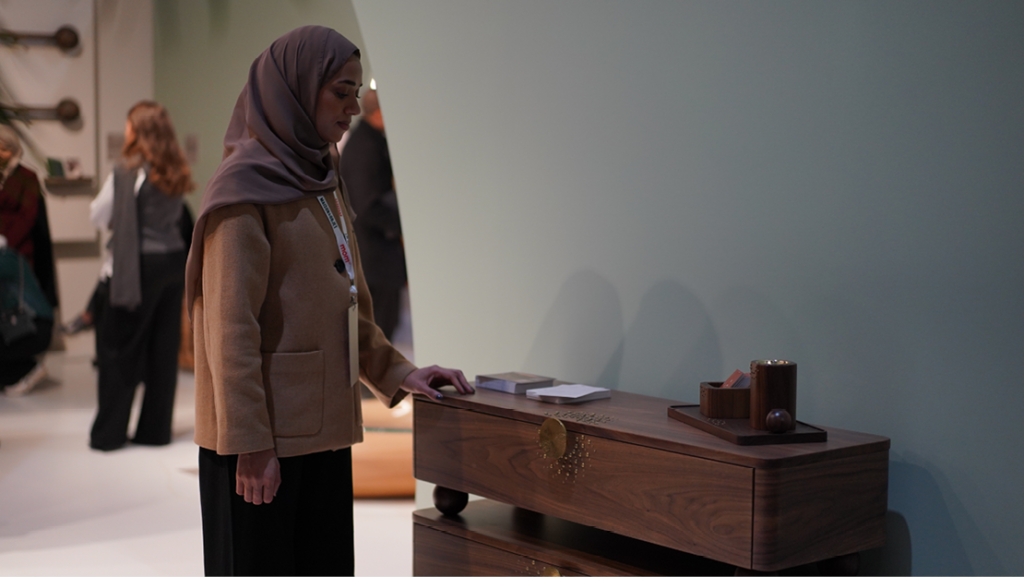
The Dubai Public Art Strategy aims to transform the city into an open-air gallery. What inspired this initiative, and how does it reflect Dubai Culture’s vision for embedding creativity into daily life?
The inspiration for the Dubai Public Art Strategy stems from the belief that art should be part of people’s everyday lives, not confined to galleries or museums, but experienced in the rhythm of the city itself. Dubai has always been a place that values innovation and connection, and public art provides a way to express these values visually in the spaces where people gather, walk, and live.
The initiative is about transforming the city’s landscape into a living gallery. Each piece commissioned under the strategy tells a story, whether it’s about Dubai’s heritage, its multicultural spirit, or its vision for the future. Together, these works form a collective narrative that belongs to everyone, offering moments of reflection, beauty, and dialogue in our shared public spaces.
It also reflects Dubai Culture’s broader mission to weave creativity into urban life. Public art encourages residents and visitors alike to engage with their surroundings more deeply, to see familiar places in new ways. Beyond aesthetics, it fosters community pride and strengthens the emotional bond people feel with the city.
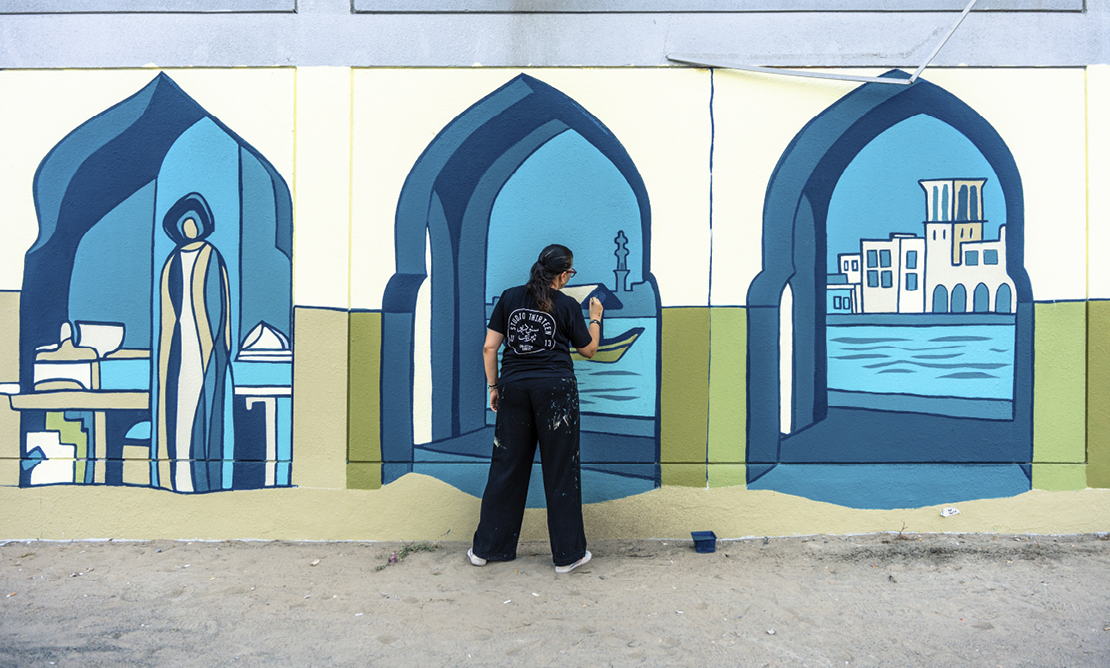
How does Dubai Culture ensure that cultural learning remains accessible across generations and backgrounds?
We believe that culture thrives when everyone, regardless of age, background, or ability, feels invited to participate. This notion drives many of our initiatives, from School of Life and Reading Month to the programmes run across our network of public libraries, museums, and heritage sites.
Through School of Life, for example, we’ve reimagined public libraries as community hubs where learning extends far beyond books. Workshops, creative sessions, and talks bring people together to share skills, ideas, and experiences in welcoming, inclusive environments. In parallel, Reading Month transforms the act of reading into a national celebration, connecting children, families, and educators in activities that foster curiosity and imagination.
We also prioritise lifelong learning. Whether it’s a young student discovering art for the first time or an adult exploring a new craft, we aim to provide experiences that are enriching and accessible. Heritage sites like Al Shindagha Museum play a vital role here, offering intergenerational experiences that connect younger audiences with the stories of their city.
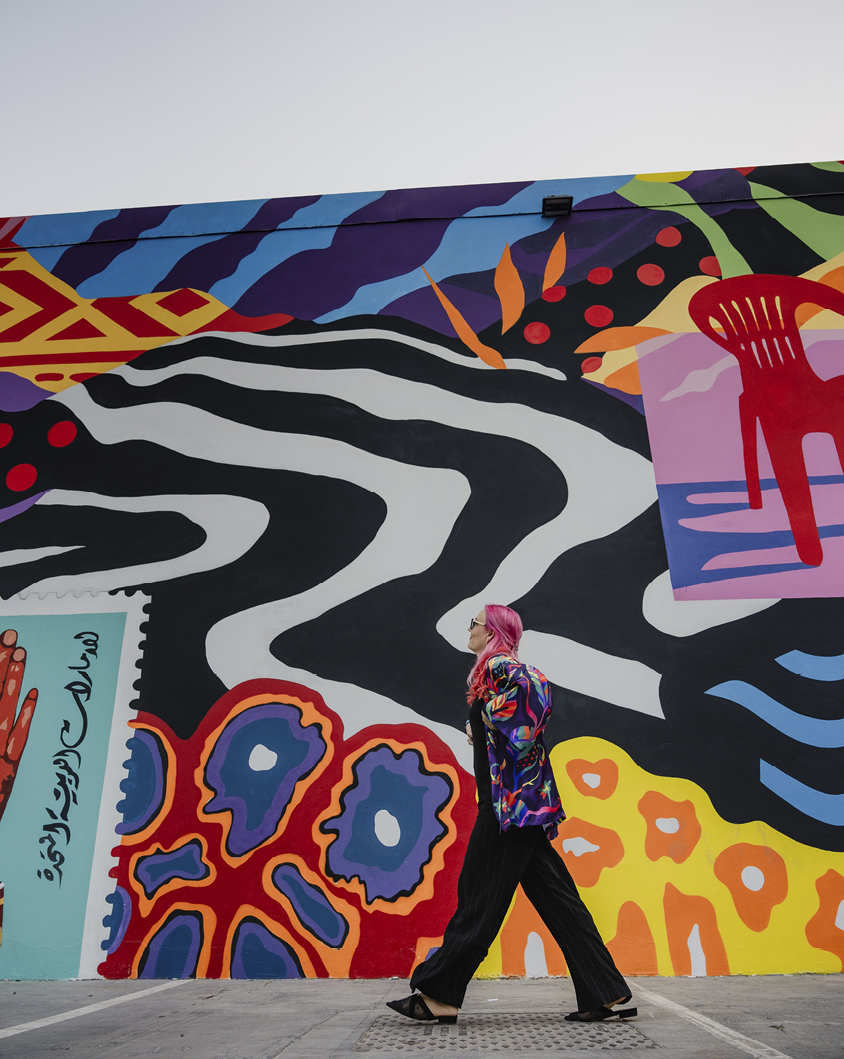
The Dubai Cultural Grant is a key initiative in supporting artists across disciplines. How does this grant contribute to long-term sustainability within the creative ecosystem?
The Dubai Cultural Grant is an investment in the long-term sustainability of the creative ecosystem, empowering artists and cultural practitioners to focus on developing their craft while providing the resources, mentorship, and visibility they need to succeed.
Through it, we’ve been able to support projects across literature, design, visual art, film, and performance, among other fields, helping creative ideas move from concept to completion. This continuity allows artists to grow their practice, build audiences, and contribute to Dubai’s cultural economy in meaningful ways.
But sustainability also means creating systems of support that extend beyond a single funding cycle. That’s why we pair financial assistance with guidance, training, and networking opportunities to support artists and equip them with the skills to sustain their work, collaborate, exhibit, publish, and connect internationally.
What does Dubai Culture look for when selecting artists or projects for the grant?
When evaluating applications, we look for authenticity, innovation, and impact. We want to support projects that tell meaningful stories, whether they’re rooted in heritage, exploring new ideas, or addressing contemporary issues through art. The most successful applications are those that bring a distinctive voice to Dubai’s cultural landscape.
We also value projects that foster collaboration and community engagement. Art that connects people and sparks conversation contributes directly to our mission of building an inclusive, creative society. It’s not just about individual achievement, but about how the work can inspire, educate, or uplift others.
In addition, we consider the project’s feasibility and long-term potential. Our goal is to support initiatives that can grow and evolve, creating ripple effects across the sector. We look for creatives who are thoughtful about how their work fits into the broader cultural ecosystem and how it can add value to Dubai and beyond.
Ultimately, we’re seeking voices that reflect Dubai’s diversity and dynamism; artists and thinkers who are unafraid to experiment, challenge norms, and imagine new possibilities. Those are the voices that define the future of the UAE’s creative economy.
Al Quoz Creative Zone has become a thriving creative ecosystem. Tell us about that.
Al Quoz Creative Zone represents one of Dubai’s most inspiring creative success stories. What began as a handful of artists transforming industrial warehouses into studios and galleries has organically evolved over the years into a vibrant ecosystem where creativity drives both community and commerce.
Through the Al Quoz Creative Zone initiative, Dubai Culture, along with its partners, has worked to formalise and nurture that energy. We introduced policies that simplify licensing, provide affordable workspaces, and encourage cross-sector collaboration. This framework gives artists, designers, and entrepreneurs the stability they need to sustain their practice and grow their businesses.
But what makes the zone stand out is its sense of community: you’ll find painters working next to architects, photographers beside product designers, startups collaborating with established brands. It’s a district that blurs boundaries between disciplines and fosters constant dialogue.
How is the upcoming Al Quoz Creative Entrepreneurship Forum contributing to the dialogue on innovation and creative entrepreneurship in the UAE?
The Al Quoz Creative Entrepreneurship Forum held this year under the theme ‘Passion, Profit, Possibilities’ is designed as a platform where ideas, inspiration, and opportunity meet, bringing together artists, entrepreneurs, investors, and policymakers to discuss how creative ventures can grow into sustainable businesses that contribute to Dubai’s cultural economy.
This year’s edition builds on the momentum of previous forums, offering an even richer mix of keynote talks, workshops, and networking sessions. The goal is to provide entrepreneurs and creative professionals with tangible tools, from mentorship and funding insights to strategies for brand development and collaboration.
The Forum embodies what Dubai Culture stands for: creating spaces where creativity and entrepreneurship intersect. It reinforces our belief that innovation grows strongest in an environment of shared learning, collaboration, and support
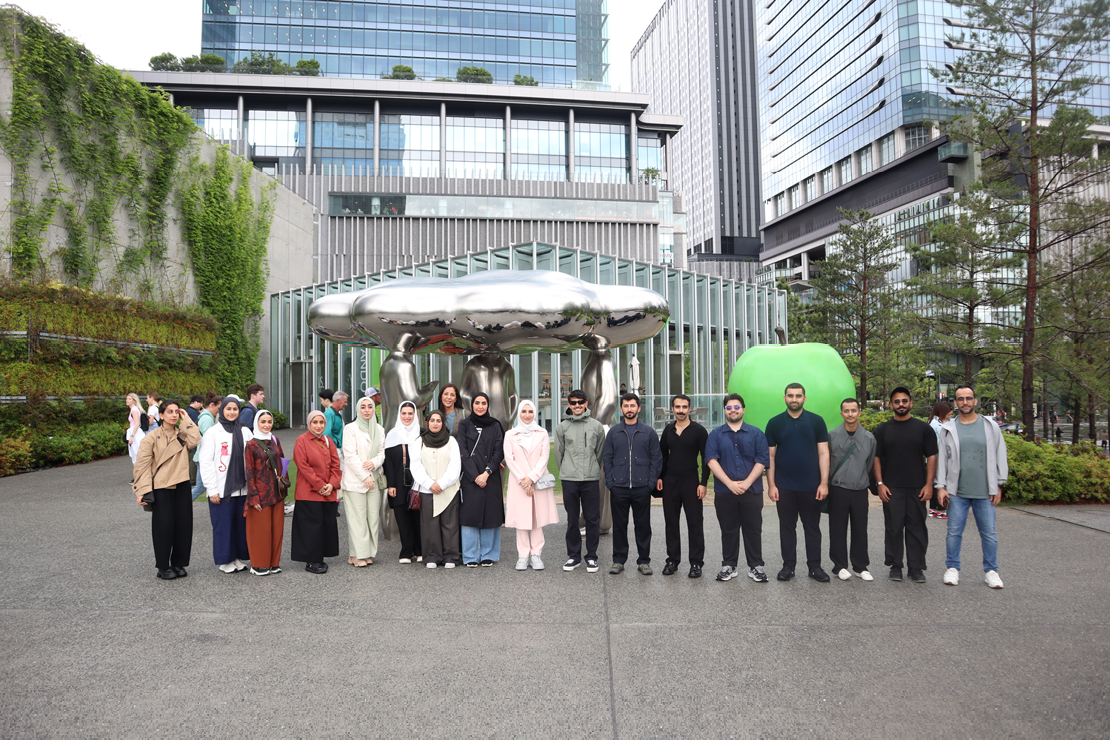
Dubai recently won the bid to host ISEA2026. What does this achievement mean for the UAE’s position on the global creative stage?
Winning the bid to host ISEA2026 is a defining moment for Dubai and the UAE’s creative industries, as it places us on the world stage as a city that not only appreciates art and technology but actively pioneers the dialogue between them.
This achievement reflects Dubai’s growing reputation as a destination where artists, scientists, and technologists come together to explore new frontiers of creativity. Hosting ISEA will bring global thought leaders, researchers, and practitioners to our shores, offering invaluable opportunities for local creatives to engage with cutting-edge ideas and networks.
It also reinforces the UAE’s commitment to cultural innovation. By integrating technology into artistic practice, we’re expanding what creativity means, from digital installations and AI-driven art to immersive storytelling and new media. Dubai is uniquely positioned to lead this conversation because our infrastructure, openness, and vision already support experimentation at scale.
As Dubai continues to position itself as a global creative hub, what are your key priorities for the next few years?
Our key priorities focus on sustainability, inclusivity, and growth, ensuring that the creative sector remains both dynamic and resilient. We’re dedicated to building an ecosystem where artists and entrepreneurs can thrive independently, supported by clear frameworks, access to resources, and a culture that values creativity as a driver of progress.
Over the coming years, one of our main goals is to deepen international collaborations. Dubai already serves as a crossroads for creative exchange, and by strengthening partnerships with global institutions, festivals, and networks, we can further amplify the reach of local talent.
We also want to continue investing in the next generation by providing training, mentorship, and exposure opportunities for young artists, designers, and writers. Initiatives like the Dubai Cultural Grant, Sikka, and School of Life will remain central to that mission.
Ultimately, every initiative we pursue comes back to a single vision: to make creativity a defining feature of life in Dubai. By empowering people to express themselves, innovate, and connect through culture, we’re shaping a city that lives its creativity.
How is Dubai Culture nurturing the next generation of creative talent, particularly young artists and designers seeking international exposure?
Empowering the next generation is one of our most important responsibilities. Young creatives represent not just the future of Dubai’s cultural landscape, but also its most powerful voice today. At Dubai Culture, we focus on giving them the confidence, skills, and opportunities to grow locally while connecting them to international platforms.
Through initiatives such as Sikka Art & Design Festival and the Dubai Cultural Grant, we provide mentorship and exposure to both established professionals and global audiences. These programmes are designed to help young artists develop their craft, understand the creative economy, and access networks that can elevate their work beyond borders.
We also encourage experimentation, giving young people the space to take creative risks and explore new forms of expression. Whether that means a designer reinterpreting heritage materials or a poet performing at an international festival, we want them to feel that their voices matter and that they can make an impact from right here in Dubai.
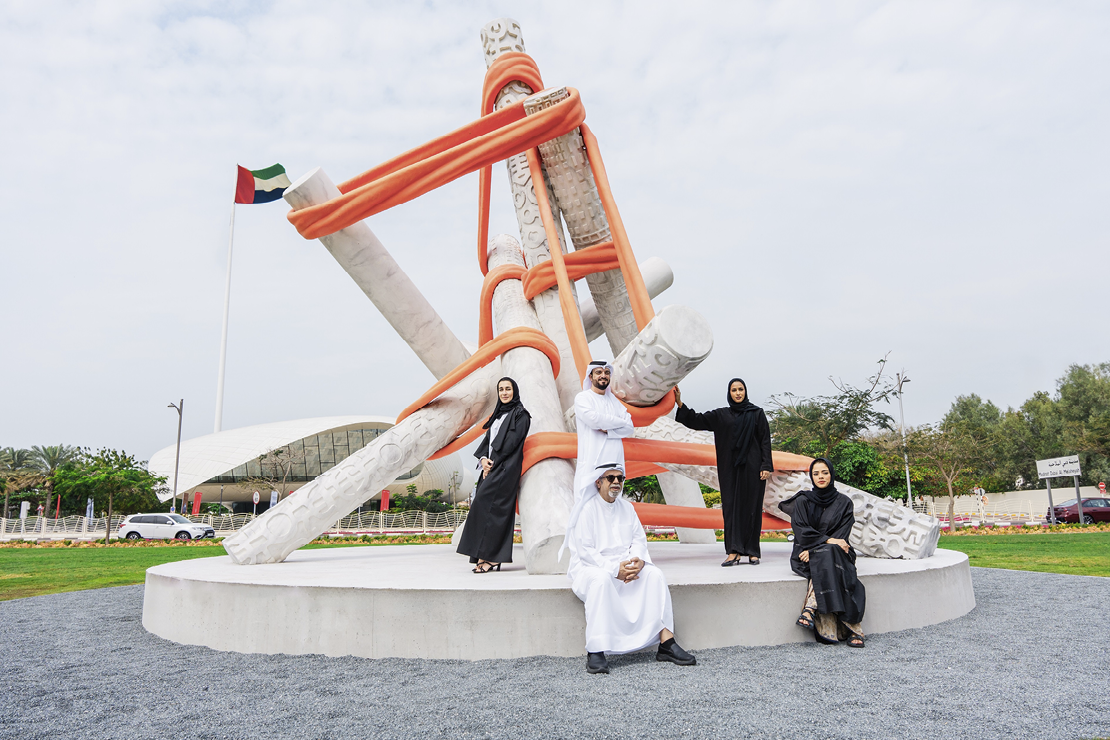
Finally, what is your personal vision for the future of Dubai’s arts and design sector?
My vision is for Dubai to continue growing as an emirate where creativity is woven into every part of life, becoming a city where culture inspires daily experiences and connects people across backgrounds and generations. I see a future where art, design, and literature are not separate industries but living, breathing parts of our communities, influencing how we think, learn, and interact.
For me, the most meaningful progress happens when creativity touches people’s lives directly. That’s why I’m passionate about public art, cultural learning, and accessible spaces, because they invite everyone to participate in shaping Dubai’s story.
Looking ahead, I want Dubai to continue setting global benchmarks for innovation while staying deeply rooted in its cultural identity. Our heritage will always be our foundation, but our openness to new ideas is what drives us forward. The intersection of tradition and innovation is where Dubai’s true creative power lies.
I just want every artist, designer, and writer who calls Dubai home to feel supported, to dream boldly, to create fearlessly, and to share their work with the world.



